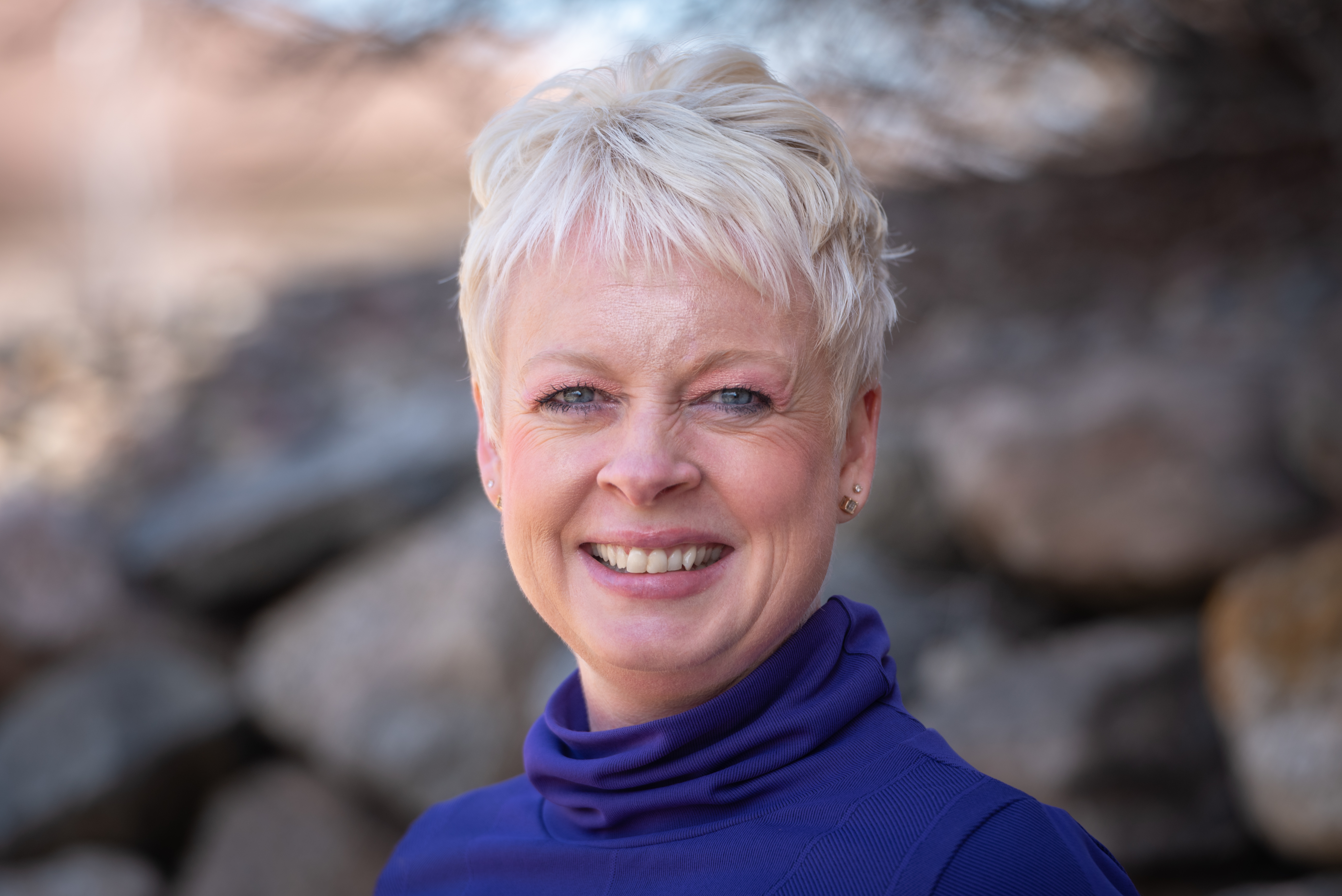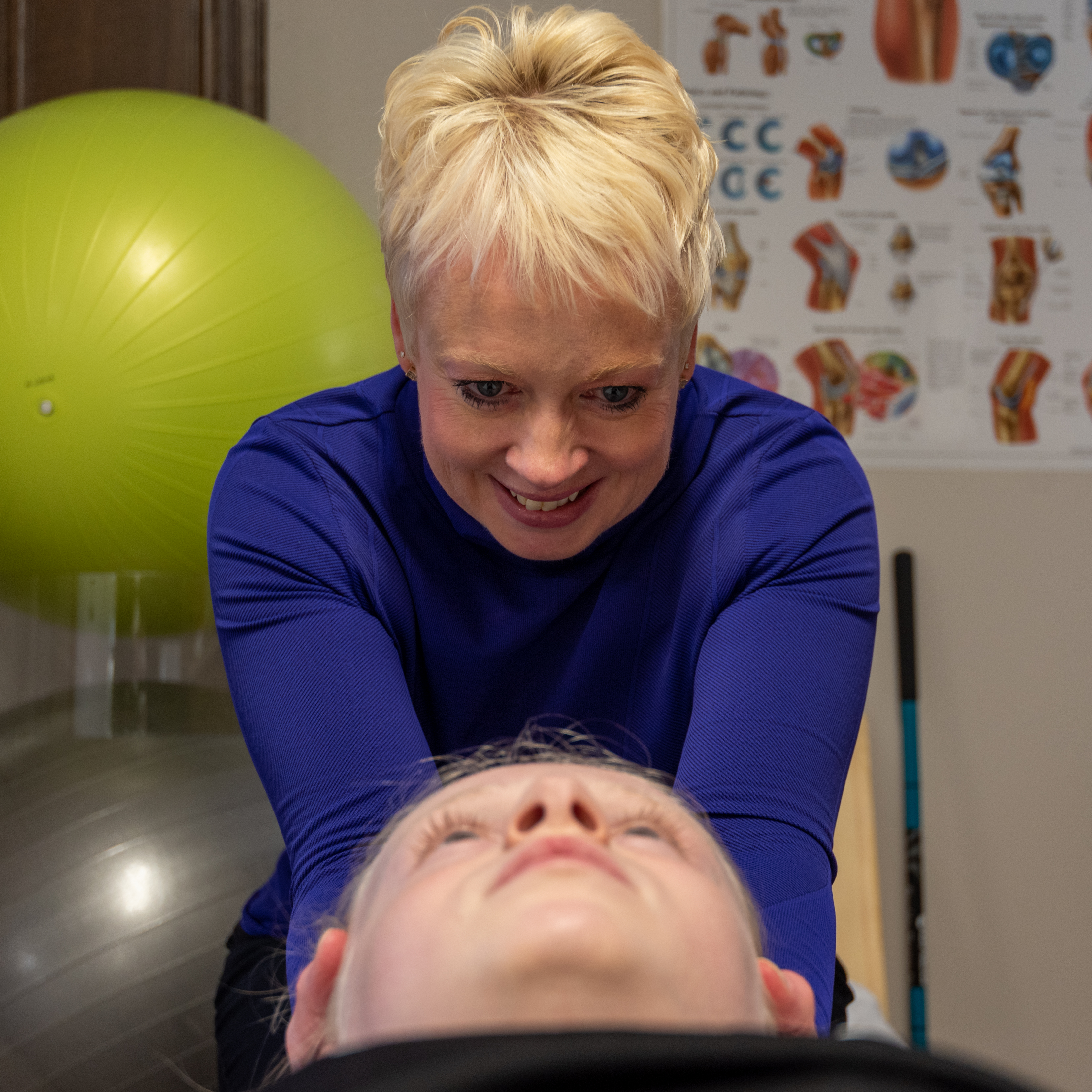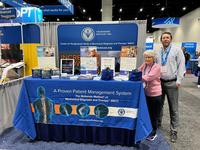News Room
MDT Guides a Career Filled with Successful Outcomes
Just take the first course.That’s the advice Britt Zink, MSPT , Cert. MDT, ITPT gives to any physical therapist. From her days of McKenzie Institute’s Part A two decades ago to now, it’s had and continues to have a transformative effect. In fact, even after 20 years as a certified McKenzie Method® of Mechanical Diagnosis and Therapy® (MDT) clinician, Zink still enrolls in MDT courses.
, Cert. MDT, ITPT gives to any physical therapist. From her days of McKenzie Institute’s Part A two decades ago to now, it’s had and continues to have a transformative effect. In fact, even after 20 years as a certified McKenzie Method® of Mechanical Diagnosis and Therapy® (MDT) clinician, Zink still enrolls in MDT courses.
“I feel it’s really important that even though I’m certified, it’s lifelong learning,” she says. “You always have to be committed to try new things and improve your clinical skills.”
After graduation, Zink spent some time as a traveling PT before landing in a local hospital system. It was there she started hearing about the Method from physicians. Not long after, a Part A course was offered near her.
“It was a great continuing education opportunity for a fairly new grad,” Zink says. “At that time, I felt like I was struggling - not getting the outcomes for patients with back and neck pain that I wanted. I felt it was a great opportunity.”
Those four days would end up guiding a career that eventually led her to open her own practice in Sioux Falls, South Dakota.
“I got to a point where I felt like I really wanted to work in a setting where I could feel not so compelled to see so many patients in a certain time frame,” Zink says. “I felt like we were running through a lot of patients a day and I really wanted to be able to have that one-on-one focus time with patients and really treat them the way I felt that their care needed to be structured.”
The care she provides is driven by the McKenzie Method. The MDT system begins with a thorough mechanical evaluation to establish a “cause-and-effect” relationship between historical pain behavior as well as the response to repeated test movements, positions and activities.
A systematic progression of applied mechanical forces utilizes pain responses and mechanical responses to classify the disorder. Clinicians then develop a specific plan of care based on those examination results that empowers patients to treat themselves when possible.
Zink’s now been certified for decades and even so, still finds herself attending courses through the Institute, most recently online. Either repeating one of the core courses of the certification process or the advanced courses offered, clinicians continuously coming back to learn is a testament to the power of the Method.
 “I think it’s by far the most powerful base of knowledge and assessment skills you can get as a clinician,” she says. “It definitely is a gradual learning approach in that you have to get your foundation assessment and treatment skills.
“I think it’s by far the most powerful base of knowledge and assessment skills you can get as a clinician,” she says. “It definitely is a gradual learning approach in that you have to get your foundation assessment and treatment skills.
“And then as you get experience treating patients, you’re ready for the next level to build upon that,” Zink says. “It’s layers that continue to build upon themselves because you learn something new from every patient.”
The knowledge she’s built has been particularly effective for the telehealth she’s been able to practice during the pandemic. Zink’s clinic never closed during the pandemic, but some patients opted to be treated remotely rather than coming in to the clinic. Not only has she been able to treat patients remotely, but she’s been able to reach new patients who might not otherwise find themselves in her physical location.
“MDT is just perfect for telehealth because even though I couldn’t get my hands on the patient, I took a thorough evaluation and assessment like I would if they were sitting here in the clinic. I had patients I never got to meet in person who we took through the entire care plan via telehealth only,” Zink says. “It’s also opened up opportunities. I have patients now that are four or five hours away.” Further, the fact that patients are seeking care from Zink from several hours away is a testimony to the effectiveness of The Method.
She often sees skeptical patients who’ve spent years without results or even undergone surgical procedures without success. The Method helps her solve those problems and do it quickly in most cases.
“I think there are several incredible things about the McKenzie Method. Not only is it such a reliable and proven approach in assessing and treating patients, but it empowers patients to help themselves,” Zink says. “I think we’re at a time in health care that patients have busy lives too. They want to be able to have those tools to help themselves.”
She credits the McKenzie Method with helping her adapt whether it’s to a pandemic or just patients’ needs. All you have to do is take the first course to change the course of your career.
Share your news! Send your story to us and we'll post it for everyone to read.




